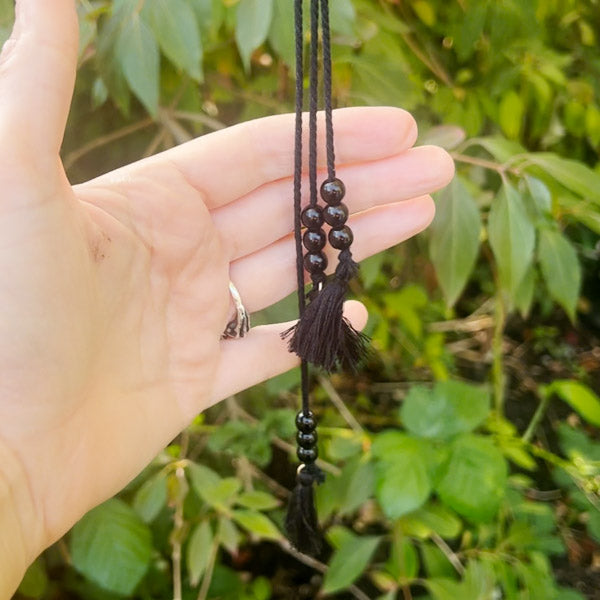Free shipping on all US order $50 and over with code FLYFREE
- Home
-
Products
- 💫New!💫
-
Create Your Own Collection
- Moths & Butterflies
- Oddities & Curiosities
- Birds & Bees
- Other Specimens
- Miniatures
- Giant Specimens
- Value Packs
- The Echo Collection
- Greeting Cards
- Art & DIY Kits
-
Reseller Wholesale
- Artist Discount Program
- International Shopping
- About
- FAQ's
- Testimonials
- Blog
-
- Home
- Products
- International Shopping
- About
- FAQ's
- Testimonials
- Blog
-








































 Once all the bats are strung on the garland, it's time to complete the other end of the long rope. Add three more beads and one tassel.
Once all the bats are strung on the garland, it's time to complete the other end of the long rope. Add three more beads and one tassel. 




































